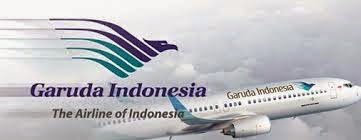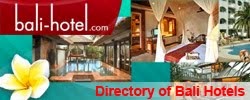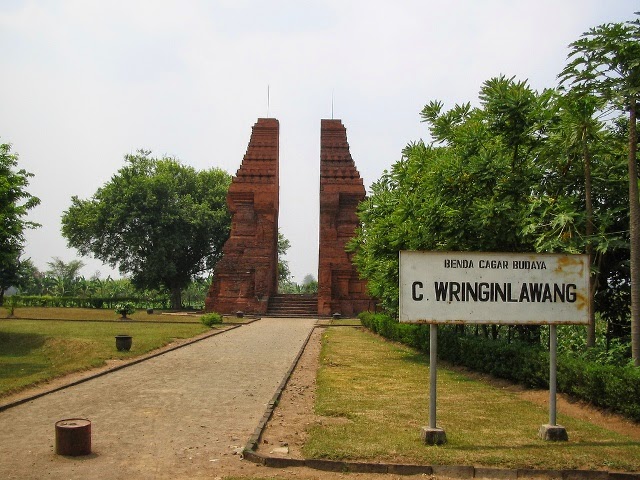Jimbaran is directly south of the airport, on the way from Denpasar
towards Nusa Dua. Jimbaran village is the narrow neck of Bali Island,
and thus it has two remarkably different beaches. On the west, Jimbaran
Beach faces the Jimbaran Bay, recently lined by new luxurious resorts.
On the east, the beach faces the body of water sheltered by Benoa
Harbor. Jimbaran is a sleepy cove where fleets of fishing boats color
the scene. Formerly a relatively quiet area, its image has improved
dramatically with the opening of the beautiful Four Season's Resort and
the Inter-Continental. The last couple of years, it has become even
busier still with grilled seafood restaurants going up at a rapid pace
along the beach, attracting local families and tourists in droves.
Located on Bali's west coast, Jimbaran offers a small-secluded
beach area, where tranquility and perfect peace is the perfect antidote
to a stressful world. The land gently slopes away from the beach
revealing exclusive celebrity haunts hidden under a canopy of leafy
tropical forest. A popular spot for windsurfing and sailing small craft,
which are available for rent, Jimbaran's grey sand and calm waters are
attracting more people but the beach still has a sleepy feeling. A day
at Jimbaran is made even more popular because of the all the wonderful
options to eat. Choose from simple local food, the freshest fish or
5-star luxury. It is also a popular spot for sunset.






















